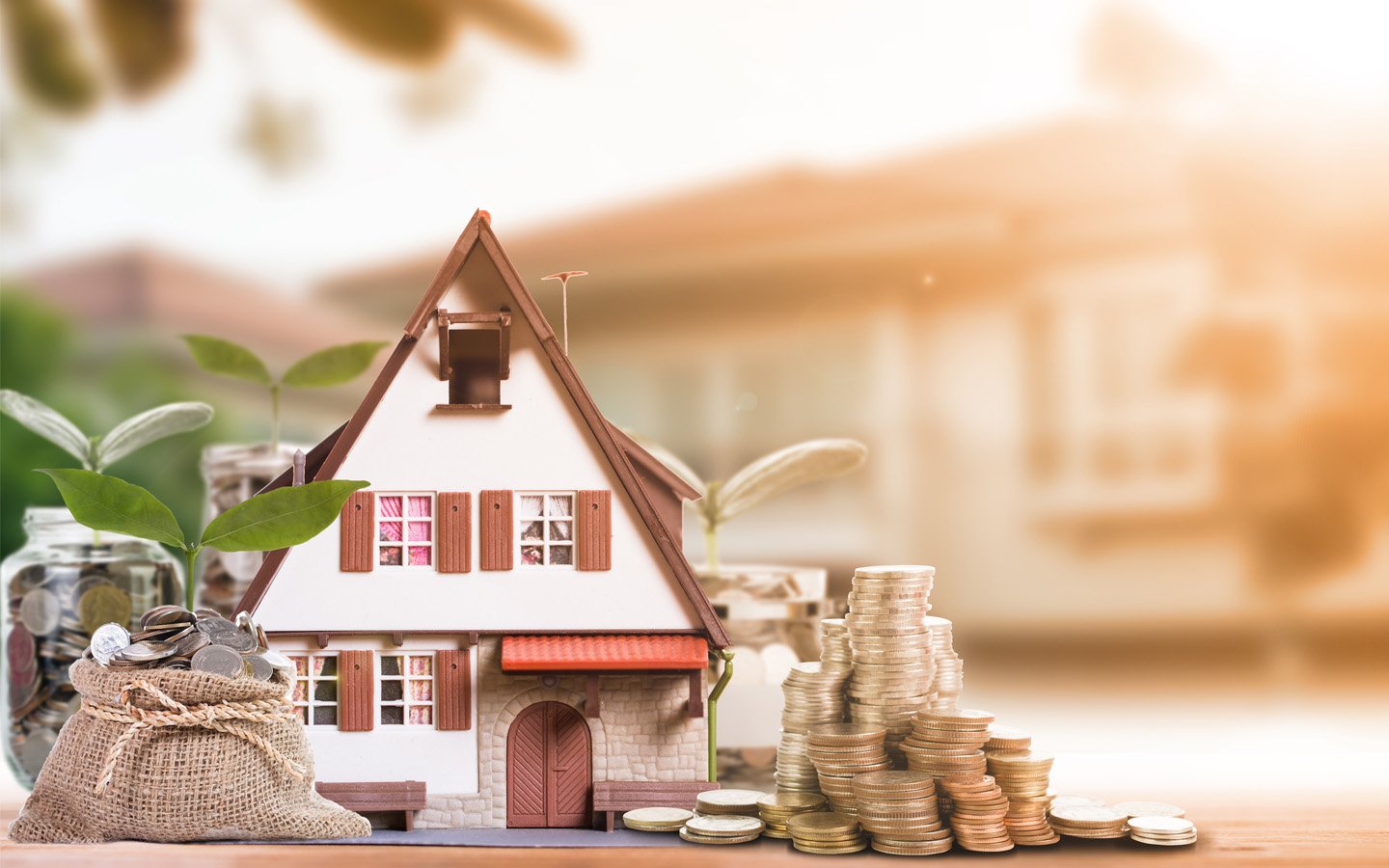The real estate market in Pakistan is experiencing mixed trends, with the commercial capital showing moderate growth in property values, while major cities like Islamabad, Rawalpindi, and Lahore are witnessing a downturn. This decline is attributed to a slowdown in economic activities and the imposition of new property taxes, according to a research report by the House Building Finance Corporation (HBFC).
The report categorizes properties into three segments: Small Properties (3 Marla to 7 Marla or 75 to 175 Square Yards), Medium Properties (10 Marla to 15 Marla or 250 to 375 Square Yards), and Large Properties (1 Kanal to 2 Kanal or 1000 to 2000 Square Yards). Prices vary based on location and city.
Karachi’s Real Estate Dynamics
In Karachi, small properties experienced explosive growth from 2012 to 2014, peaking at 50 percent in 2014. After a brief decline in 2016, the market saw steady growth, with a resurgence in 2021-2022, showing growth rates of 4 percent and 14 percent, respectively, and accelerating to 18 percent in 2024.
Medium properties followed a volatile path, with contractions in 2016 and 2020, but recent recovery led to 24 percent growth in 2024. Large properties showed mixed performance, peaking at 69 percent growth in 2014, with steady growth of 11 percent in 2012, 15 percent in 2023, and an acceleration to 31 percent in 2024.
Lahore’s Market Fluctuations
Lahore’s property market showed varied performance from 2012 to 2024. Small properties experienced high volatility, peaking at 81 percent growth in 2014 and maintaining double-digit growth, ending at 12 percent in 2024. Medium properties demonstrated consistent growth, with notable peaks of 61 percent in 2012 and 28 percent in 2016, stabilizing at 13 percent in 2024.
Large properties saw significant fluctuations, reaching highs of 28 percent in 2014 and 2022, but unexpectedly declined by 7 percent in 2024, suggesting a shift in investor preferences or economic factors affecting the luxury market.
Islamabad’s Real Estate Trends
In Islamabad, small properties fluctuated from 2012 to 2016, with significant growth in 2013 (12 percent) and 2015 (22 percent). The market faced a dip in 2017 and 2018, followed by a strong rebound in 2021 with 19 percent growth, continuing to 28 percent in 2023, and moderating to 8 percent in 2024. Medium properties fluctuated significantly, starting with 44 percent growth, declining to 0 percent in 2018-2019, and then recovering.
The market peaked at 26 percent growth in 2023 before moderating to 11 percent in 2024. Large properties had mixed results, with significant fluctuations, including an 81 percent growth in 2016, followed by sharp declines and negative growth of 23 percent in 2024.
Rawalpindi’s Market Volatility
Rawalpindi’s small properties surged by 207 percent in 2012, followed by 53 percent growth in 2013. Growth moderated from 2014 to 2019, with fluctuations between 2 percent and 11 percent annually. In 2024, a modest 5 percent growth indicated stable demand. Medium properties followed a steady growth trajectory, gaining momentum in 2014 with a 74 percent increase. Consistent growth was observed in recent years, with a 31 percent increase in both 2022 and 2023, and 11 percent growth in 2024.
Large properties experienced extreme volatility, with a dramatic surge to 111 percent in 2013, followed by 24 percent in 2014. The market cooled from 2016 to 2018, but a strong recovery began in 2020 with 37 percent growth, maintaining momentum through 2023. However, 2024 saw a sharp reversal with a 16 percent decline.
Economic Challenges Impacting Real Estate
The real estate market in Pakistan has been heavily impacted by recent economic challenges. High inflation rates, averaging around 24 percent in FY24, have eroded purchasing power, particularly affecting demand in the mid to high-end property segments.
Currency devaluation has historically made real estate attractive for overseas Pakistanis and foreign investors, potentially driving up prices in specific segments. However, this year the rupee remained largely unchanged, impacting real estate prices.
Additionally, the State Bank of Pakistan’s policy rate increase to 22 percent in 2023 amid higher inflation has made mortgages more expensive, potentially slowing down market activity. Economic uncertainty has contributed to cautious investor sentiment, with many adopting a ‘wait-and-see’ approach before making significant investments.










